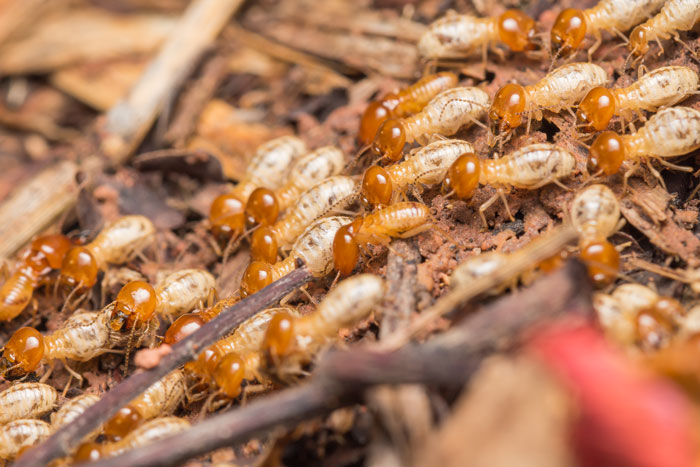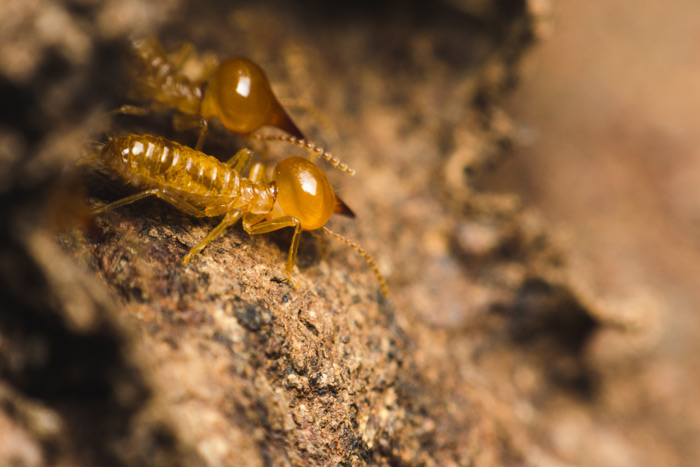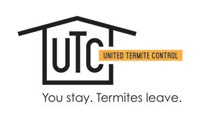Termite Facts
Termite Facts and Types
Here in Southern California, we have two main types of wood-destroying termites: the Drywood termite and the Subterranean termite. Both can cause significant problems in your home or business, eating away at the floor, support beams, window trim, other wood parts of the structure and even furniture.
If you suspect you’re dealing with termites, call our team at United Termite Control right away to come out and do a FREE termite inspection. We’ve compiled some basic facts and information about termites for you to help you better understand the type of pest you’re dealing with.

Drywood Termites
Drywood termites live in dry, sound wood and derive their moisture requirements from the wood they consume. Infestations can occur in any type of wood in your home or business, from structural timbers to wooden picture frames. Their colonies are relatively small, with a few thousand members, and there are often multiple colonies in the same structure.
Drywood termites do not need a connection to the soil and there is no soil in their feeding galleries. They do not build mud tunnels, instead constructing large, irregular galleries that run across and with the wood grain, with a very smooth, clean, sandpaper-like appearance. The galleries are connected by openings small enough for one termite to pass through. The sure sign of Drywood termite feeding is their fecal pellets that are ejected from the galleries via kick-out holes, often found right below the damaged wood. These pellets are quite distinctive, and are hard, elongate-oval with rounded ends, and have six concave sides.
Western Subterranean Termites
The western subterranean termite is the most common and most widely distributed termite in the western half of North America. This native American pest can enter structures through cracks less than 1/16-inch wide, even the minute openings found in concrete slabs, around drain pipes, and between the slab and the foundation.
Western subterranean termite colonies are usually located in the ground below the frost line but above the water table and rock formations. They are typically detected by the presence of the mud tubes they construct, or when large numbers of winged termites swarm or leave the colony to search out mates. Swarms occur in the daytime and in California, they occur on warm, sunny days during the fall, winter, or early spring. In the northern sections of the termites’ range, spring swarms commonly occur in the absence of rainfall.

Desert Subterranean Termites
Desert subterranean termites are common throughout the lower deserts of northwestern Mexico, southern California, and southern Arizona. Often called “desert subs,” these termites are able to survive in drier conditions than other types of subterranean termites. The soldiers are characterized by their slender and straight mandibles in contrast to the relatively thick, curved mandibles of Formosan or Eastern Subs. Their small size and ability to forage under dry conditions allow them to occupy a niche not exploited by other subterranean termite species.
